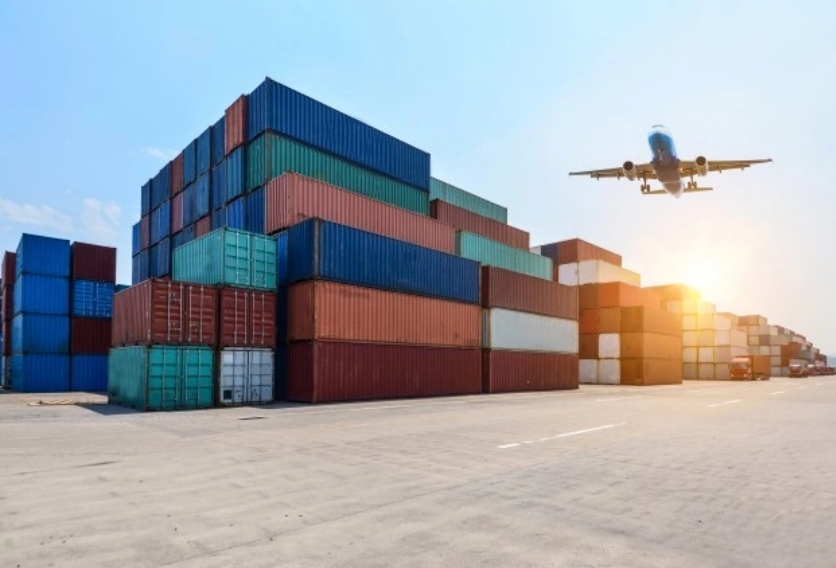Things rarely go as planned in the shipping industry, resulting in a slew of surcharges that must be paid. One of these fees is container storage, the amount of which varies depending on your business’s location. This guide will give you an overview of the container storage charge and how to avoid it.
What is a container storage charge?
The container storage charge covers the use of space inside the terminal, warehouse, or container yard by the container. The storage period begins when the container enters the facility and ends when the container no longer requires the space.
These fees are levied on full containers that have not been cleared for import, those that are awaiting to be transported, and empty containers that are stacked at the port.
When the vessel arrives at the port and the shipping containers are loaded, the ports frequently offer a certain number of free days before charging for container storage. These free days allow customers to complete the import requirements, after which the container should be shipped or relocated.
However, containers frequently become stranded at the port due to failure to meet certain requirements. This can be due to a lack of documents, financial or contractual issues, poor scheduling, and a variety of other factors.
Container storage fees are frequently passed on from the terminal operator to the shipping line. This is why people may believe that a container storage charge is included in the cost of a shipping line, but the fee is actually collected by the port or terminal through the shipping line.
How to avoid the container storage charge
Plan your shipments in advance
To reduce the cost of container storage charges, you must plan ahead of time and dispatch your container as soon as possible. Inform all parties involved about the status of the containers so that everything runs smoothly.
Obtain real-time information
Having real-time tracking available can make a significant difference. With real-time data, you can make proactive decisions to reduce costs in the event of a delay. For example, your container may have been at port for more than 5 days and you have yet to receive notification of the change in your shipment status.
Learn from past
Always examine your previous performance and identify the issues that are causing the delay. This should enable you to improve your current workflow and increase your efficiency, resulting in fewer delays.



